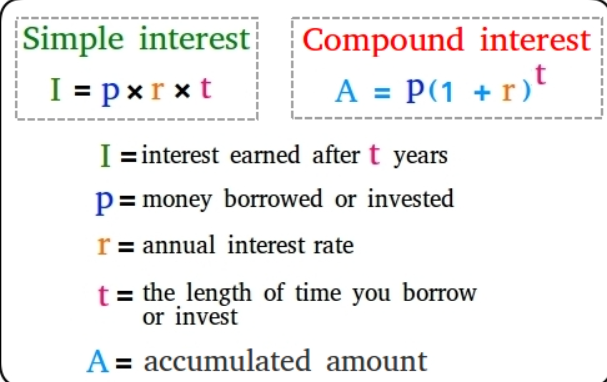The Distinction Between Mass and Weight
Weight measures the gravitational force applied to an object. It is a vector quantity, meaning it has both magnitude and direction. An object’s mass and the gravitational force exerted on it determine its weight. Common units of weight include pounds (lb) and newtons (N). For example, a book weighs approximately 9.8 N on Earth.
Introduction of Mass and Weight
People often use the terms weight and mass interchangeably in physics and the scientific study of matter. Despite their similarities, these two concepts are not the same. While the words “mass” and “weight” are sometimes used as synonyms, they have distinct meanings. Weight is the force that gravity applies to an object, while mass refers to the quantity of matter in an object. Weight is measured in newtons, while mass is measured in kilograms.
Definition of Mass and Weight
An object’s mass measures its quantity of matter. Since mass is an inherent quality of an object, its value remains unchanged regardless of location or surroundings. The common units of mass are grams (g) or kilograms (kg). For instance, a book may have a mass of one kilogram.
Importance of Understanding Mass and Weight
Understanding the difference between mass and weight is vital for accurate description and measurement. For instance, engineers need to know the mass of a rocket, not its weight, when calculating fuel requirements for a rocket launch. This is because the rocket’s mass will change as it leaves the Earth’s atmosphere.
Understanding this distinction allows for more precise and effective measurements. For example, engineers consider mass, not weight, when planning rocket fuel requirements. Since a rocket’s mass will change once it leaves Earth’s atmosphere, knowing the correct value is essential for calculations.
Table of Differences between Mass and Weight
Mass and weight measure related concepts, but they are distinct. Weight measures the force of gravity acting on an object, while mass measures the amount of matter in the object. Although the two measurements may often appear similar, it is crucial to differentiate them. By understanding the difference, we gain a clearer understanding of the physical properties of objects and how they interact with their environment.
| Characteristic | Mass | Weight |
|---|---|---|
| Definition | Amount of matter in an object | Force exerted on an object due to gravity |
| SI Unit | Kilogram (kg) | Newton (N) |
| Symbol | m | W |
| Measuring Tool | Balance or scale | Spring scale or dynamometer |
| Definition in Physics | Inertia or resistance to acceleration | Force exerted by gravity on an object’s mass |
| Independent of Location | Mass remains the same regardless of location | Weight varies with the strength of gravity at different locations |
| Effect of Gravity | Not affected by gravity | Depends on the strength of gravity |
| Measured Value | Can be measured in kilograms, grams, etc. | Measured in newtons or pounds (lb) |
| Equation | m = ρV (mass equals density times volume) | W = mg (weight equals mass times gravity) |
| Conversion | 1 kg = 9.8 N (on Earth’s surface) | Weight can be converted to mass using W/g |
Illustration of Variance: Astronaut in Space
An astronaut in space provides a good example of how mass and weight differ. The astronaut’s mass is the quantity of matter in their body, which does not change regardless of their location. However, since the force of gravity varies with location, their weight would differ depending on where they are, such as on the Moon versus Earth.
Crucial Distinction of Mass and Weight
The key difference between mass and weight is that mass remains constant, while weight changes depending on the force of gravity. This means that an object’s mass stays the same wherever it is, but its weight changes depending on the planet or gravitational field it is in.
Formula and Calculation of Mass and Weight
We calculate weight using the formula: Weight = mass × acceleration due to gravity.
On Earth, gravity causes an acceleration of approximately 9.8 m/s², though this can vary on other celestial bodies. For example, an object would weigh much less on the Moon, where gravity causes an acceleration of only about 1.6 m/s².
Clarification on Common Usage of Mass and Weight
Mass and weight are often used interchangeably in everyday language, which can make distinguishing between them difficult. However, weight measures the force of gravity on an object, while mass measures the amount of substance an object contains.
Final Thoughts on Mass and Weight
It is essential to remember that mass and weight are not synonymous. While they are related, they represent different aspects of an object’s properties. Weight measures the force of gravity acting on an object, while mass measures the quantity of substance in the object. Understanding this difference is crucial in fields like engineering and physics.



